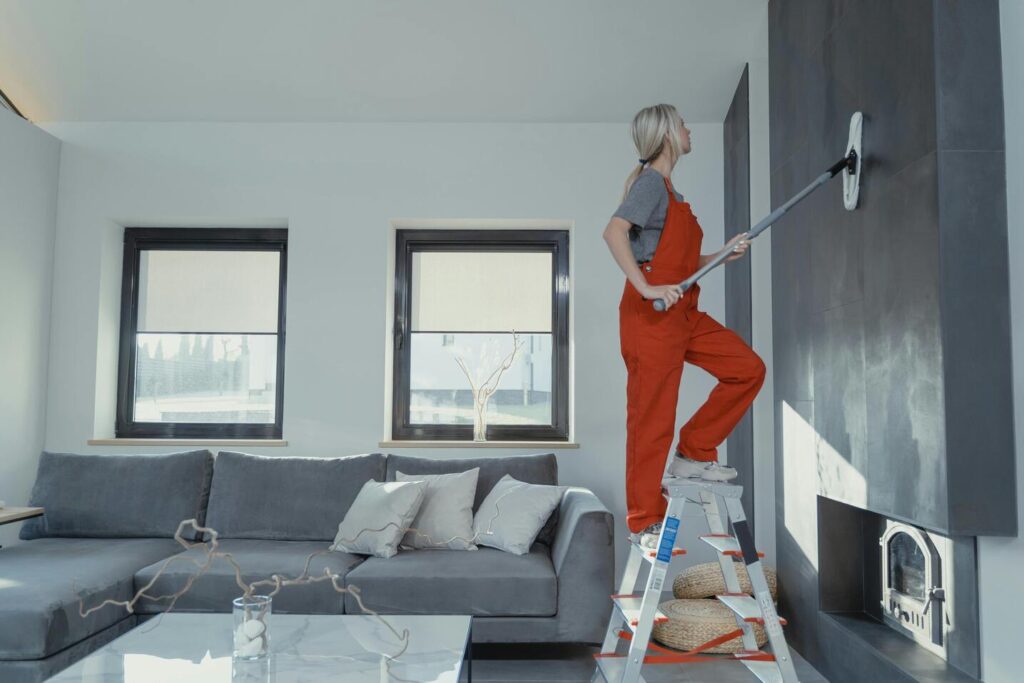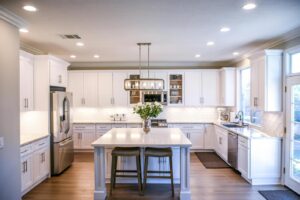Future-Proofing Your Home With Renovation Ideas for Long-Term Sustainability

With advancements in technology, shifts in lifestyle, and growing concerns about sustainability, homeowners are looking for ways to ensure that their homes can adapt to these changes over time. Future-proofing your home involves implementing renovation strategies and design principles that not only meet your current needs but also anticipate future challenges and trends.
One key aspect of future-proofing your home is designing flexible floor plans that can adapt to changing needs and lifestyles. Instead of rigid layouts that can quickly become outdated, consider open-concept designs that allow for easy reconfiguration and repurposing of spaces. Flexible floor plans give homeowners the freedom to adjust their homes to accommodate new uses, whether it’s converting a spare bedroom into a home office, creating a multi-functional living space, or adding a granny flat for aging parents or adult children. By designing with flexibility in mind, you can future-proof your home against changing needs and preferences, ensuring that it remains functional and relevant for years to come.
In addition to flexible floor plans, energy-efficient upgrades are another important aspect of future-proofing your home. With rising energy costs and growing concerns about climate change, homeowners are increasingly looking for ways to reduce their carbon footprint and lower their utility bills. Energy-efficient upgrades, such as installing solar panels, upgrading to energy-efficient appliances, and improving insulation and air sealing, can help homeowners save money on energy costs while also reducing their environmental impact. By investing in energy-efficient upgrades now, you can future-proof your home against rising energy costs and changing environmental regulations, ensuring that it remains comfortable and sustainable for years to come.

Another key consideration in future-proofing your home is smart home integration. With the rise of smart home technology, homeowners have more control over their homes than ever before. From smart thermostats and lighting systems to security cameras and voice-activated assistants, smart home technology can help homeowners automate tasks, monitor energy usage, and improve home security and safety. By integrating smart home technology into your renovation plans, you can future-proof your home against technological advancements and ensure that it remains connected and convenient for years to come.
Finally, aging-in-place features are an important consideration for future-proofing your home. As the population ages, more and more homeowners are looking for ways to remain in their homes safely and independently as they grow older. Incorporating aging-in-place features, such as grab bars, wheelchair-accessible doorways and showers, and zero-step entries, can help homeowners age in place comfortably and safely. By designing with accessibility in mind, you can future-proof your home against the challenges of aging and ensure that it remains a comfortable and welcoming environment for years to come.








